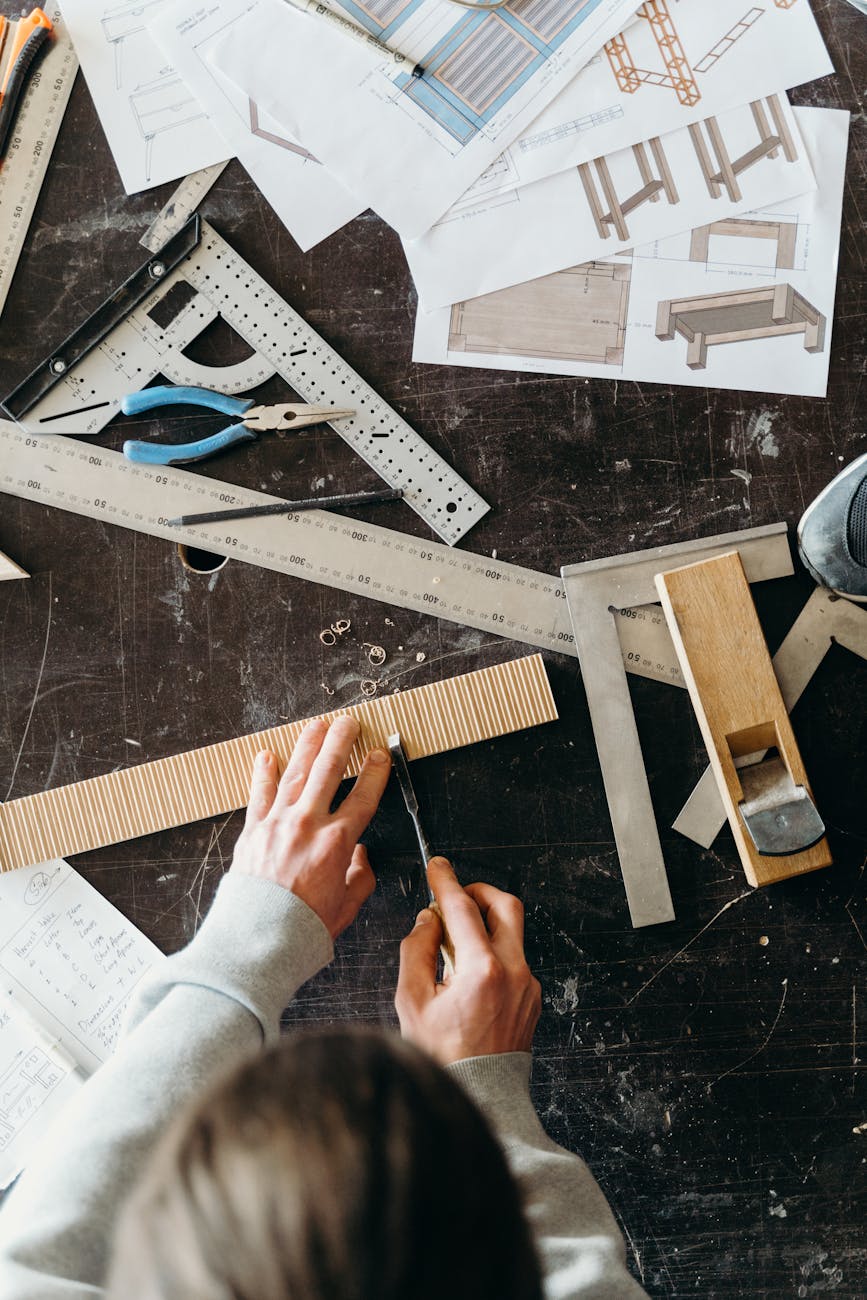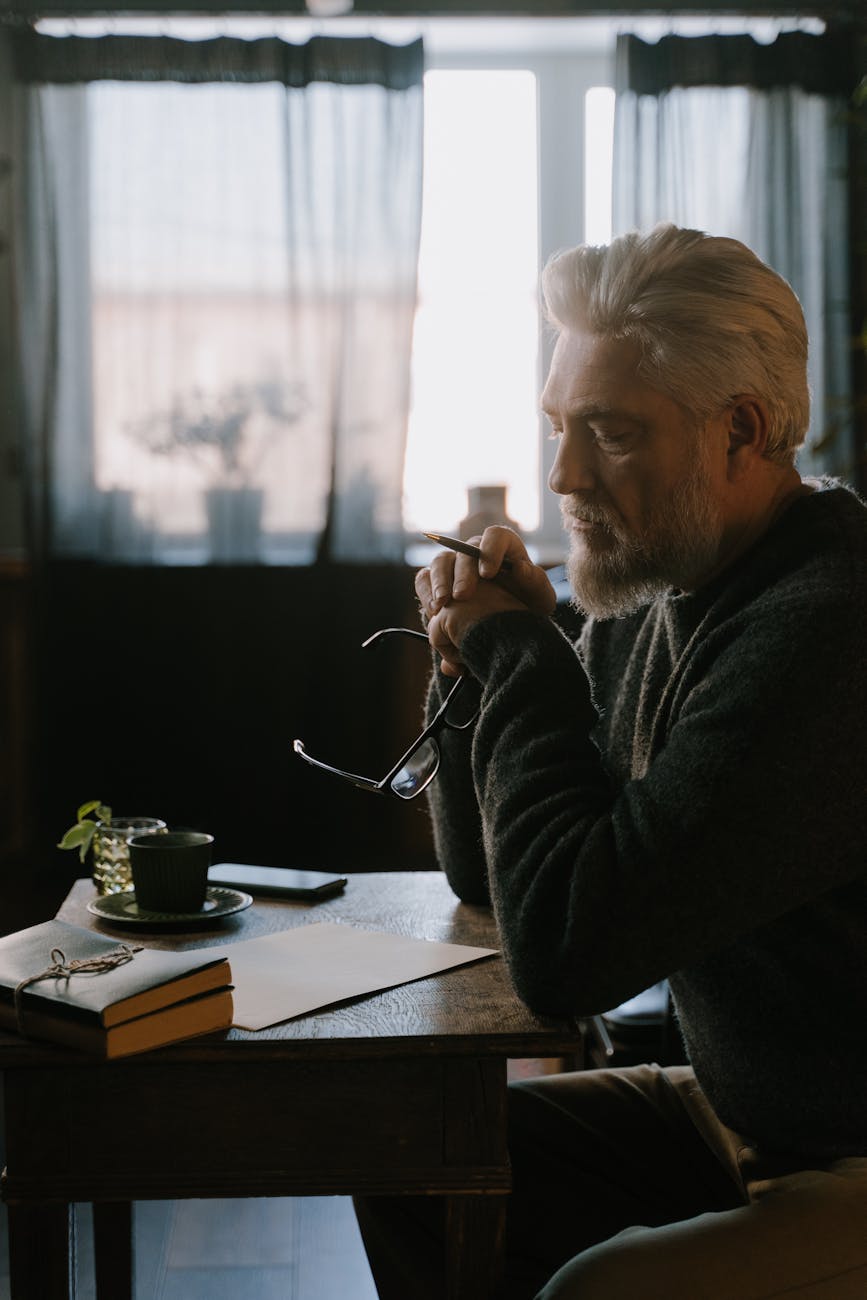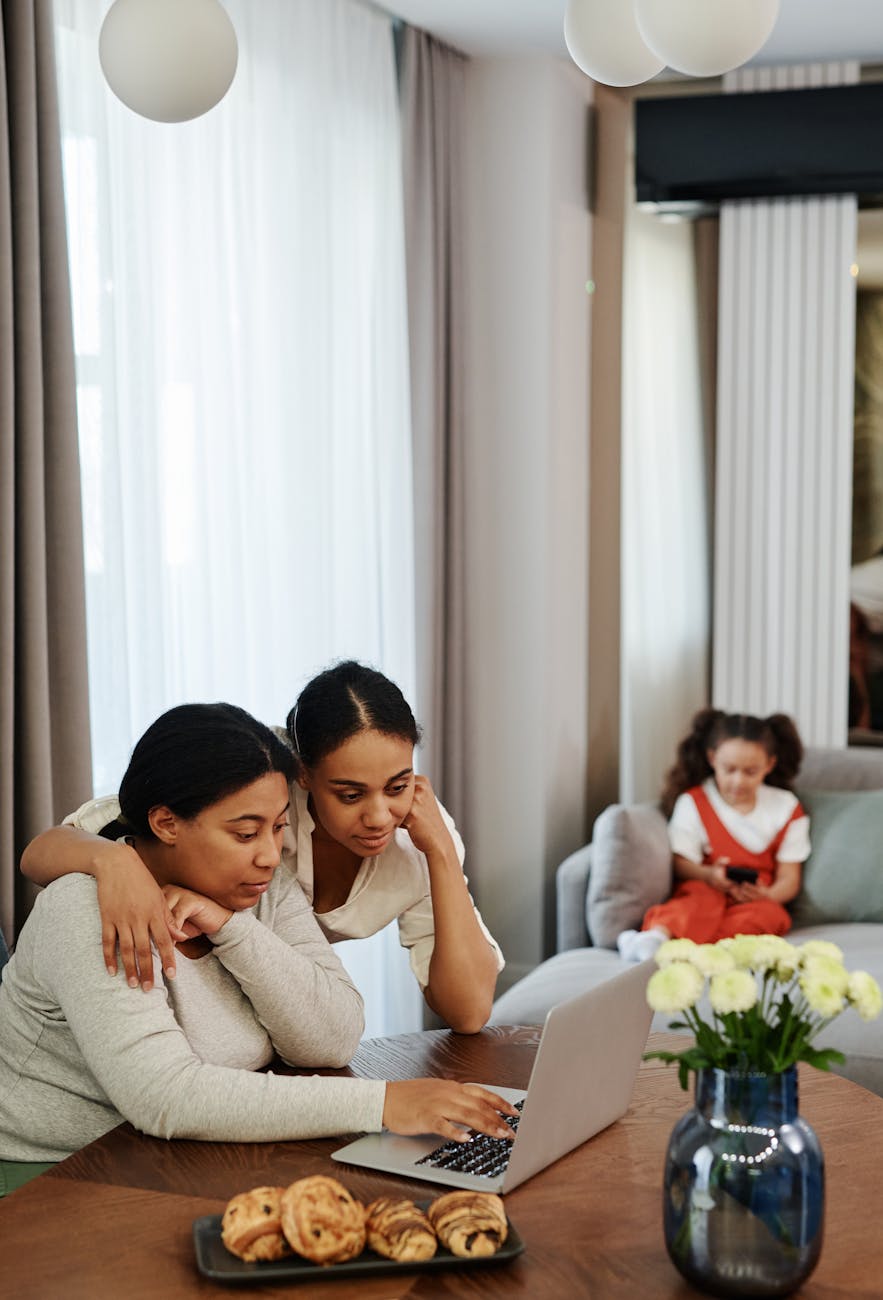The Art of Layout Design: Creating Visually Stunning Concepts

Exploring the Basics of Layout Design
Layout design is a crucial aspect of graphic design that involves arranging visual elements on a page to create a harmonious and aesthetically pleasing composition.

The Principles of Effective Layout Design
There are several key principles to keep in mind when designing layouts, including balance, alignment, contrast, proximity, and repetition. Balance ensures that the visual elements are distributed evenly across the page, while alignment helps create a sense of order and coherence. Contrast adds visual interest by highlighting differences, proximity groups related elements together, and repetition creates a sense of unity and consistency.
Choosing the Right Grid System
Grid systems are a popular tool used by designers to create well-structured layouts. By dividing the page into a series of vertical and horizontal lines, designers can easily align elements and maintain visual consistency. There are various types of grid systems to choose from, including the symmetrical, asymmetrical, and modular grids, each offering unique opportunities for creativity and organization.
Implementing Typography and Color in Layout Design
Typography and color play a crucial role in layout design, helping to convey information, evoke emotions, and establish hierarchy. When selecting typefaces, designers should consider factors such as readability, legibility, and tone. Similarly, choosing the right color palette can enhance the overall look and feel of a layout, creating a cohesive and visually appealing design.
Experimenting with Negative Space and Visual Flow
Negative space, also known as white space, is the empty areas surrounding design elements and plays a significant role in layout design. By strategically incorporating negative space, designers can create a sense of balance, emphasize key elements, and improve readability. Additionally, understanding visual flow and how the eye moves across a layout can help designers guide the viewer's attention and create dynamic compositions.





